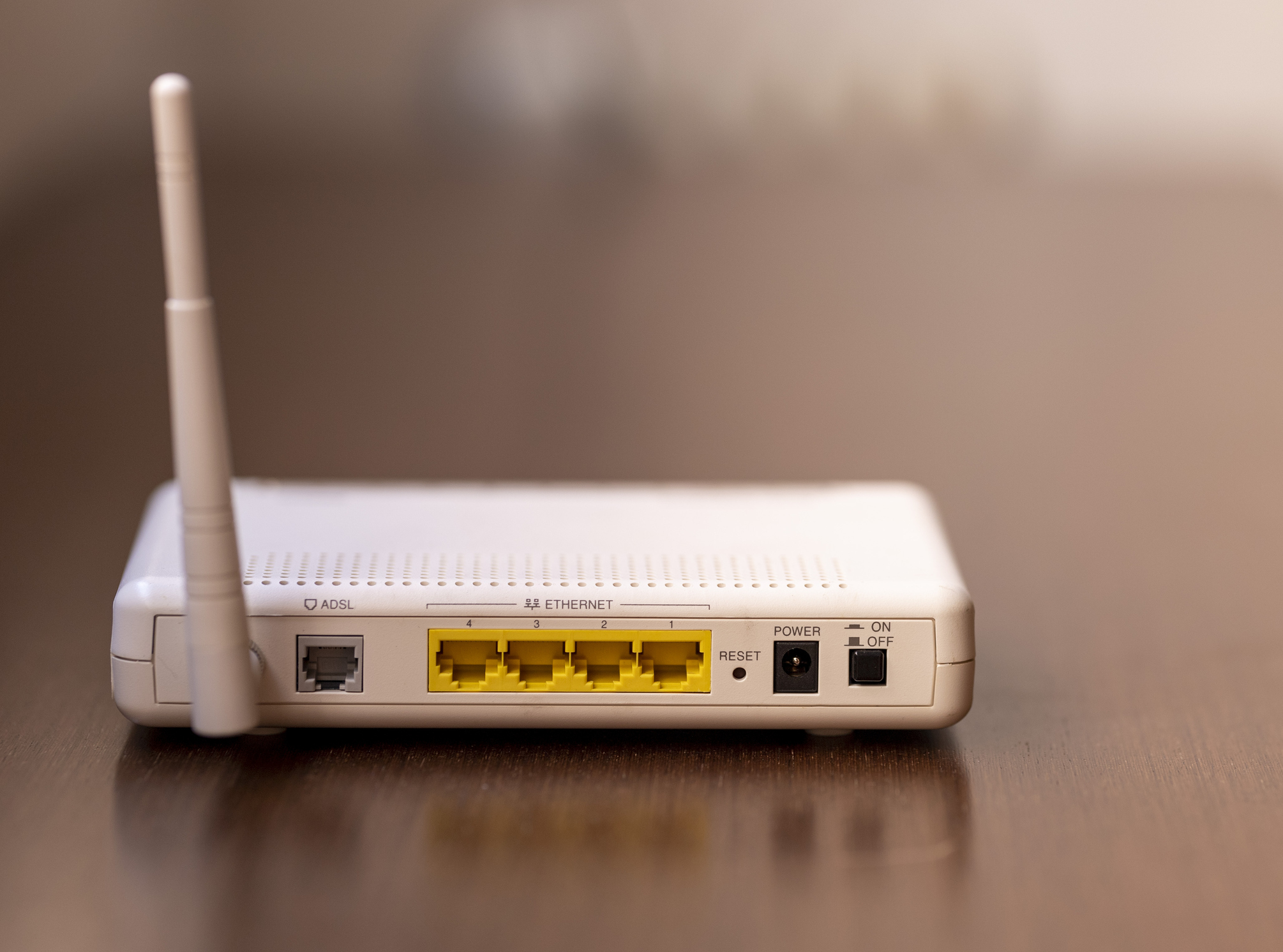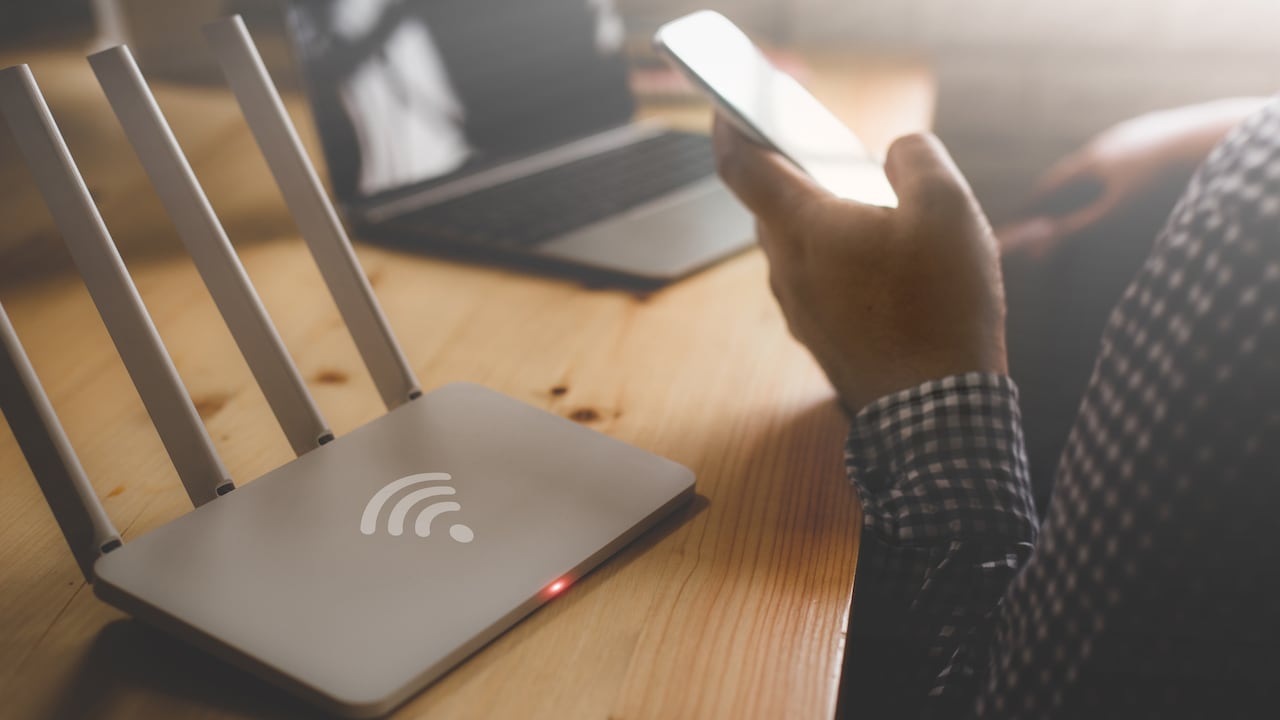Introduction
Having a well-configured home network is essential to make the most of your connected devices. Whether it’s working, studying, or entertaining yourself, a good connection can make a difference. In this guide, I will teach you how configure a home network easily and effectively.
Step 1: Choose the Right Router

The router is the heart of your home network. Choosing the right one is crucial to ensure a fast and stable connection. Here are some aspects to consider:
Routers types
- Simple Band Routers: They offer a single 2.4 GHz band. They are cheaper, but they can be slower and more prone to interference.
- Double Band routers: They have two bands (2.4 GHz and 5 GHz), which reduces interference and improves speed.
- Three Bands Routers: They include an additional 5 GHz band, ideal for homes with many connected devices.
Key Features
- Speed: Search for routers with speeds of at least AC1200.
- Coverage: Make sure the router covers your entire house.
- Security: Opt for routers with WPA3 for better security.
Step 2: Connect the Router to the Modem

Once you have the right router, the next step is to connect it to the modem. Here I explain how to do it:
- Turn off the modem: Disconnects the modem from the current.
- Connect the Router to the Modem: Use an Ethernet cable to connect the WAN port from the router to the modem.
- Turn Both Devices On: Connect the modem first and then the router.
- Wait for Synchronize: It may take a few minutes for both devices to sync.
Step 3: Configure the Router

The initial configuration of the router is essential to ensure a stable and secure connection. Follow these steps:
Access Router Configuration
- Connect to the Route: Use an Ethernet cable the default Wi-Fi connection.
- Enter the IP Address of the Router: Generally it is something like 192.168.1.1 or 192.168.0.1. You can find this information in the router manual.
- Enter the Credentials: Use the default username and password. They are usually admin / admin or admin / password.
Basic Configuration
- Chambers the Number of the Red (SSID): Elige a facid number of remember.
- Set up a Safe Password: Use a combination of letters, numbers, and symbols.
- Select the Security Type: WPA3 is the best option available.
Step 4: Connect Devices to the Network

Now that your network is configured, it is time to connect your devices. Most devices will automatically detect the new network. Here are some tips:
Connect Computers and Laptops
- Search Available Networks: Click on the Wi-Fi icon and select your network.
- Enter the Password: Use the password you previously configured.
- Connect: Wait for your device to connect.
Conectar Smartphones y Tablets
- Open Wi-Fi Settings: Go to the Wi-Fi settings on your device.
- Select your Network: Find your network in the list of available.
- Enter the Password: Connect using your network password.
Connect Other Devices
For devices like smart video game consoles, printers, and televisions, follow the same steps as for computers and smartphones.
Step 5: Optimize the Network
To ensure your home network works optimally, consider the following tips:
Position the Router Strategically
Place the router in a central location to maximize coverage. Avoid locating it near metal objects or electronic devices that can cause interference.
Update Router Firmware
Keep router firmware up to date to improve security and performance. Most modern routers have an automatic update option in settings.
Use Network Extenders if Necessary
If you have areas in your home with poor coverage, consider using network extenders or Powerline network adapters to improve the signal.
Step 6: Secure the Network
The security of your home network is vital to protect your data and devices. Here are some additional security measures:
Change Default Credentials
Change the default username and password of the router to avoid unauthorized access.
Disable WPS
The Wi-Fi protected configuration method (WPS) can be vulnerable to attack. Turn it off for added security.
Set up a Firewall
Use the router’s built-in firewall to block unwanted access and protect your network from external threats.
Conclusion
Setting up a home network doesn’t have to be complicated. By following these steps, you can enjoy a fast, stable and secure connection in your home. Always remember to keep your network updated and secure to protect your data and devices.

2 Responses
[…] el Router y el […]
[…] router es la puerta de entrada a tu red doméstica, por lo que es vital configurarlo […]